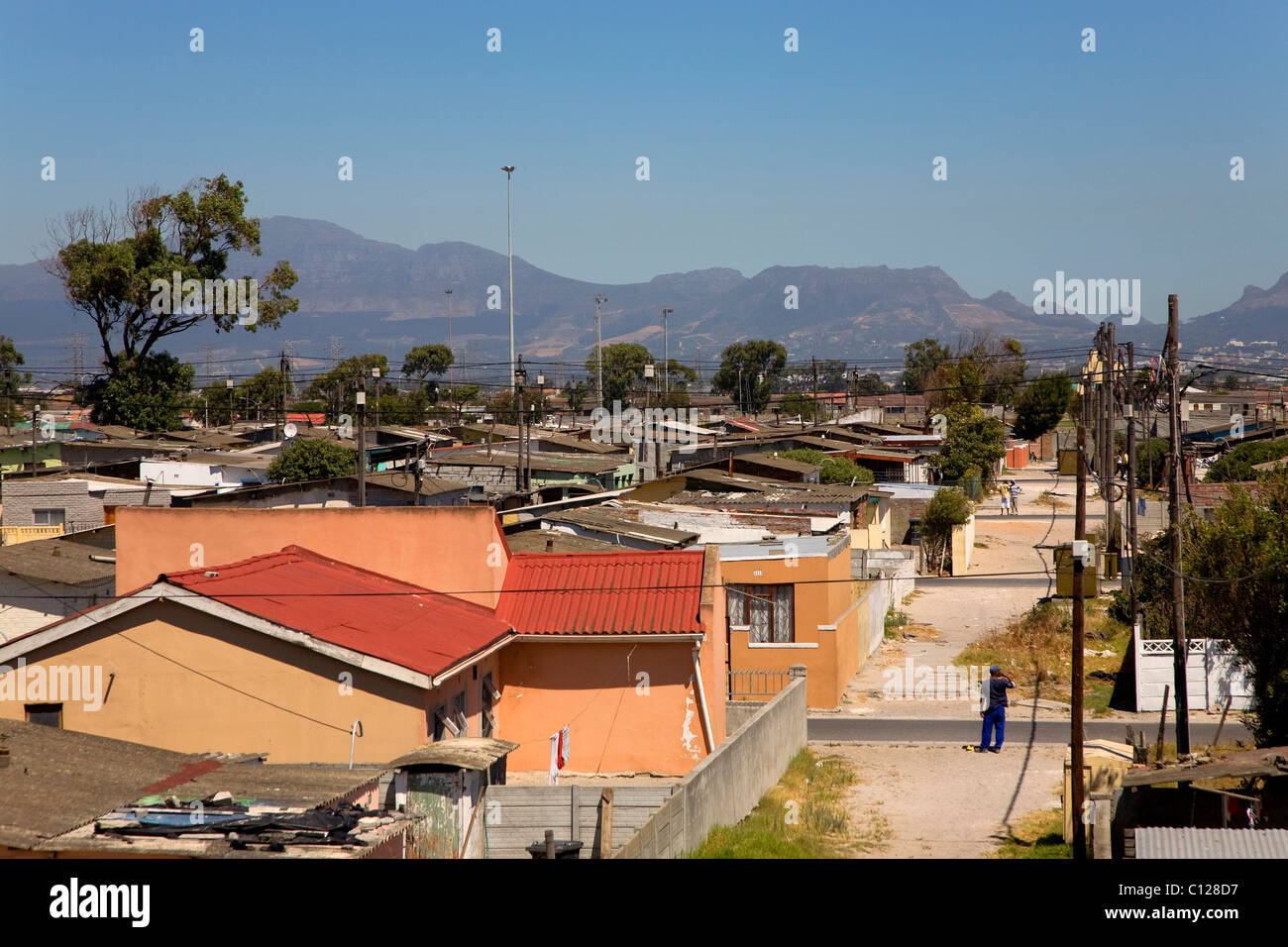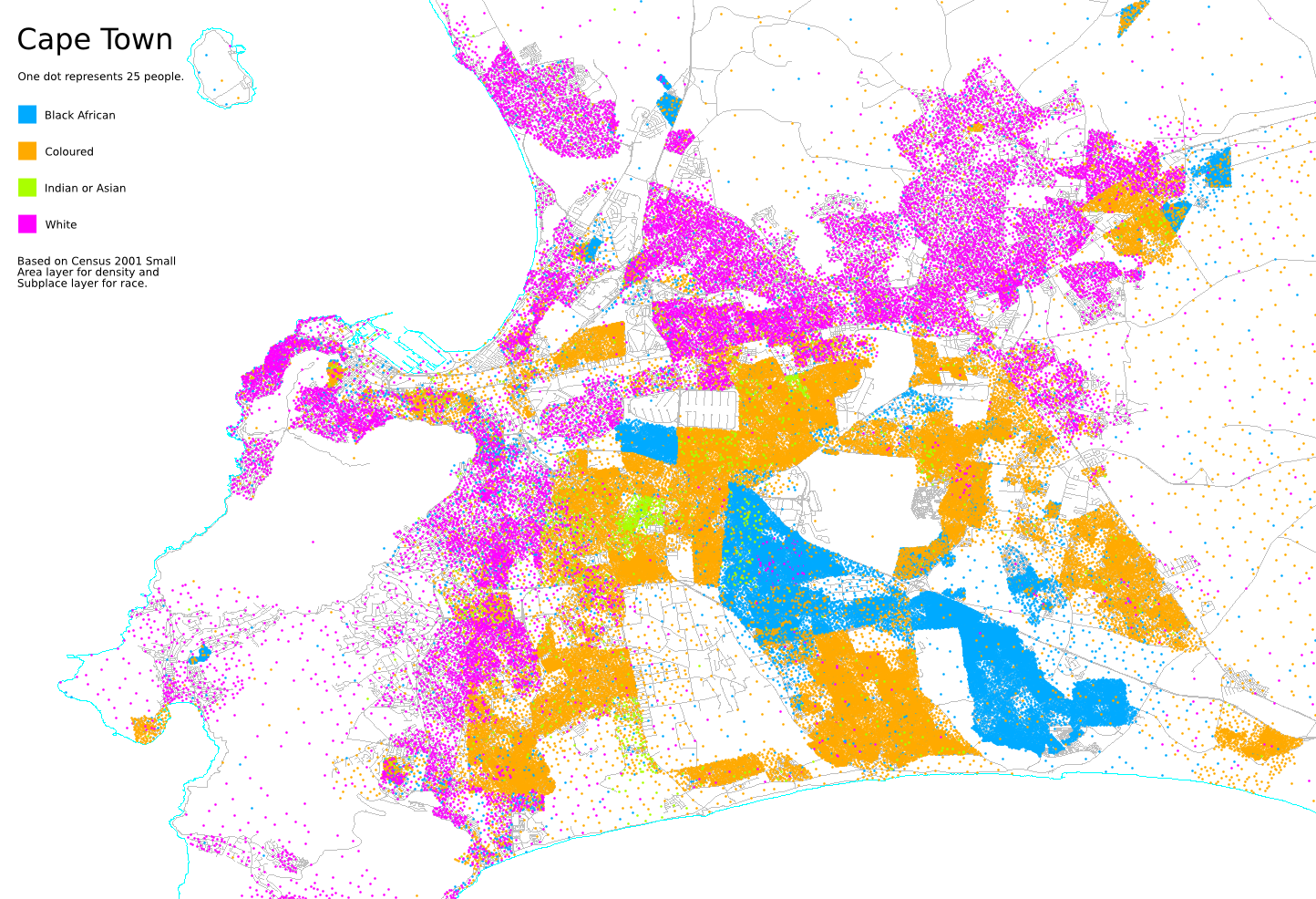
Despite government attempts to stop the influx of black workers to the cities, waves of migrant workers moved from the countryside and neighbouring countries to look for employment in the city of gold. Soweto's growth was phenomenal - but unplanned. In the 1950s, more black people were relocated there from 'black spots' in the inner city - black neighbourhoods which the apartheid government had reserved for whites. Soweto was created in the 1930s, with Orlando the first township established. Soweto is a sprawling township, or more accurately, a cluster of townships on the south-western flank of Johannesburg. It boasts one of the largest hospitals on the continent and the only African-owned private clinic (see Soweto Map). It is a popular tourist destination with sites such as Kliptown (where the Freedom Charter was drawn up), the home of former President Nelson Mandela, the Hector Petersen Memorial site, restaurants and shopping malls. Soweto is a city of enterprise and cultural interaction.


Soweto is inhabited by over two million people, with homes ranging from extravagant mansions to makeshift shacks. The name Soweto is an acronym, made up - in apartheid days - from the first letters of the words “south western township”. Most of the struggle against apartheid was fought in and from Soweto. South of Johannesburg is Soweto, a city developed as a township for black people under the apartheid system.


 0 kommentar(er)
0 kommentar(er)
